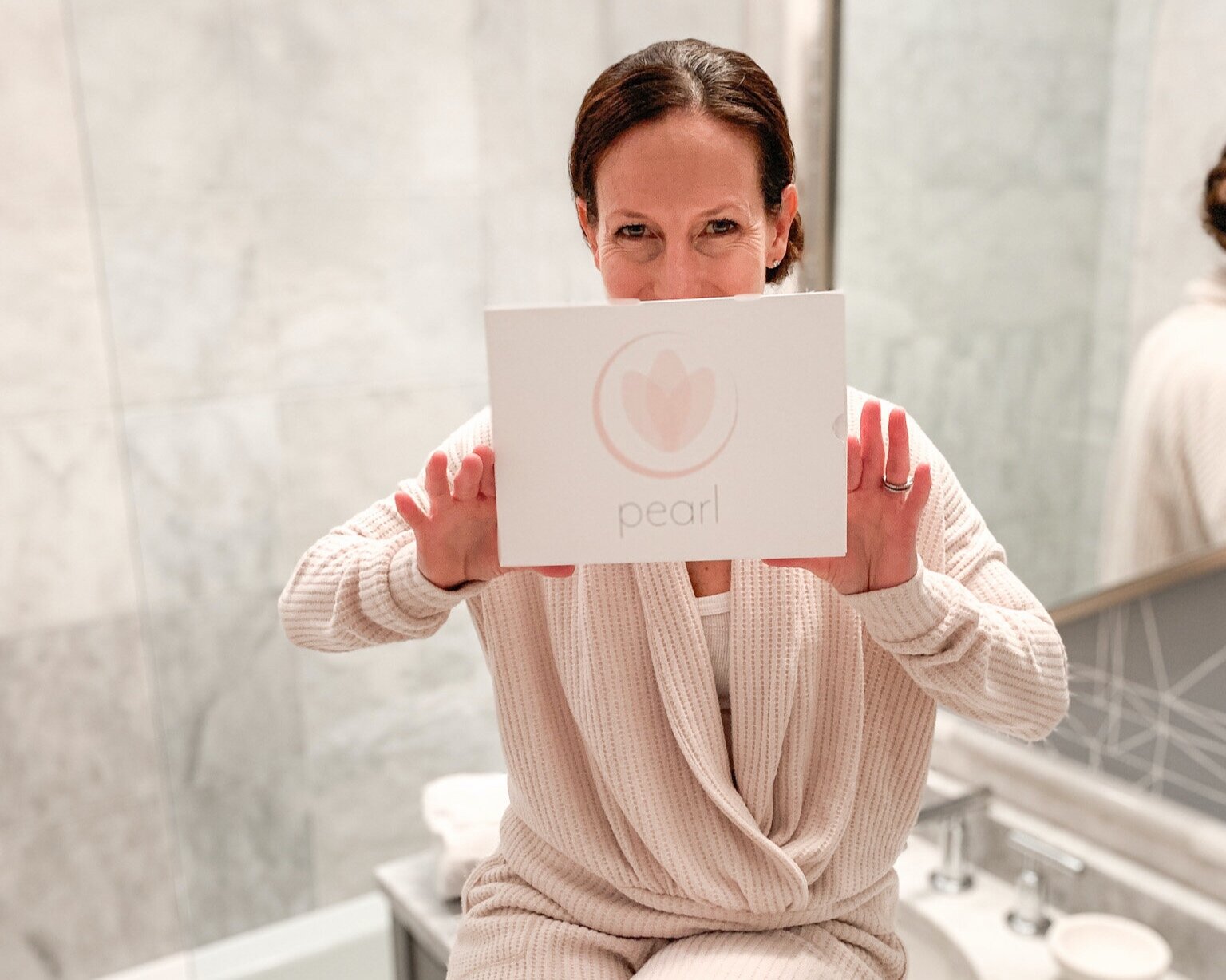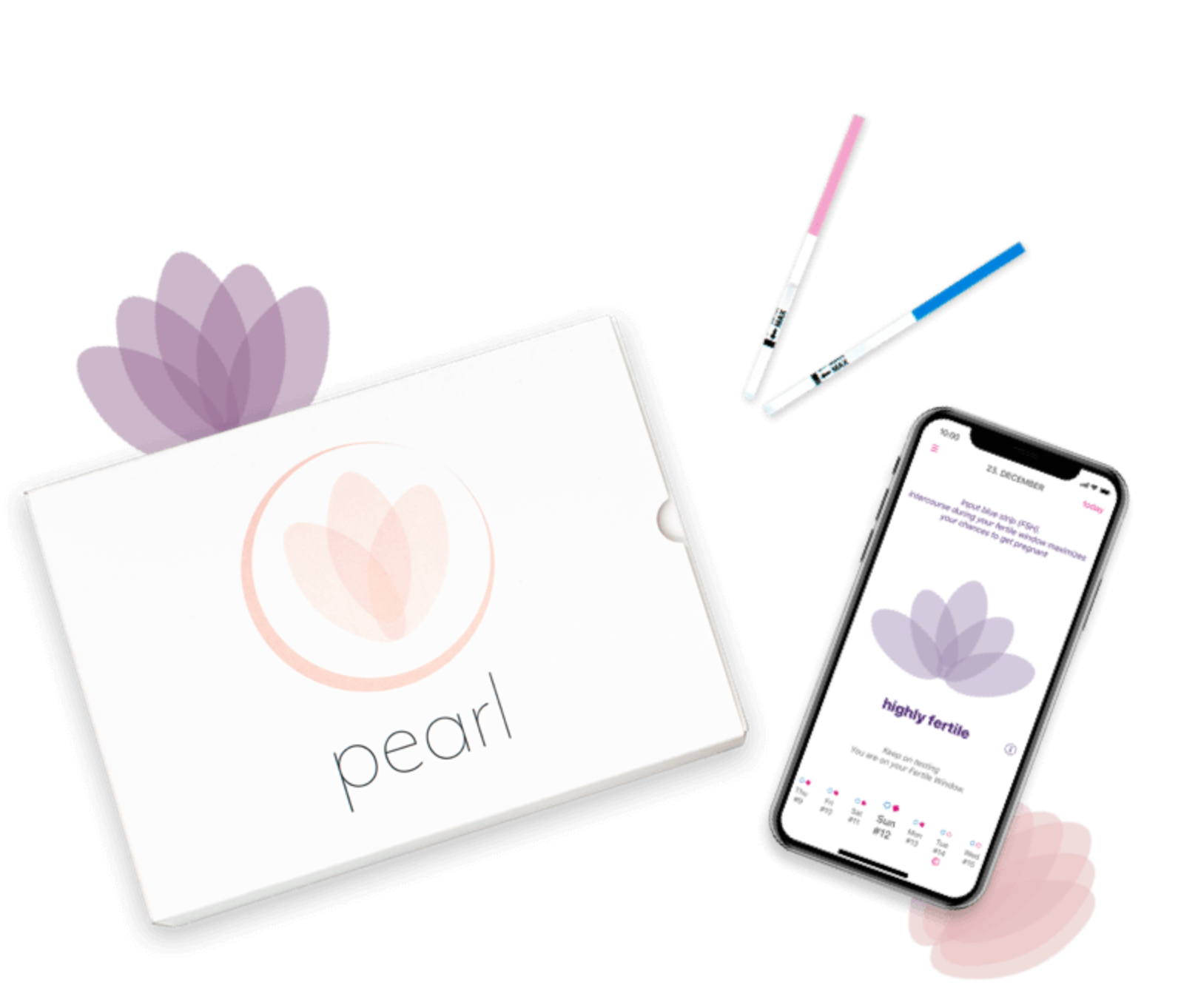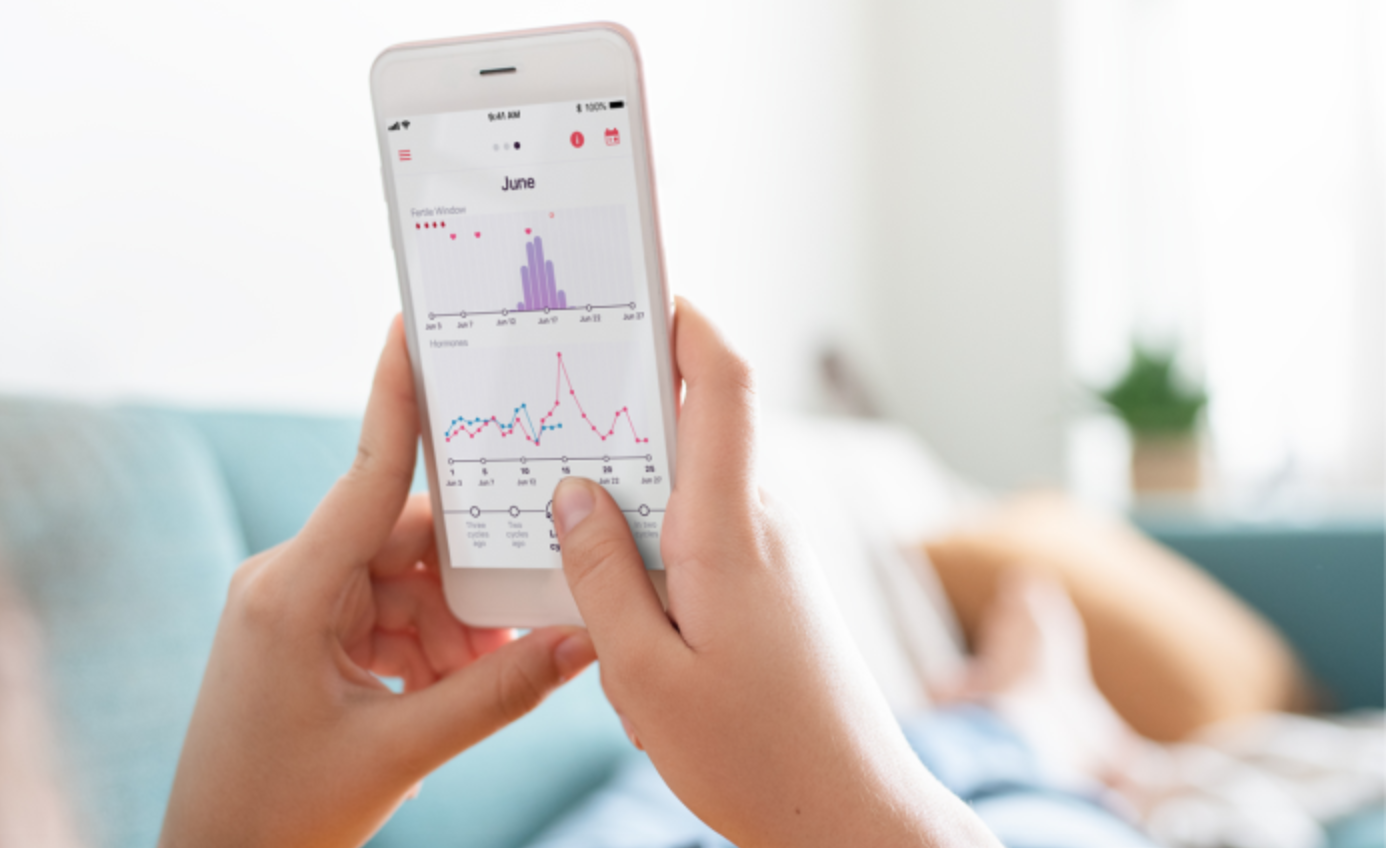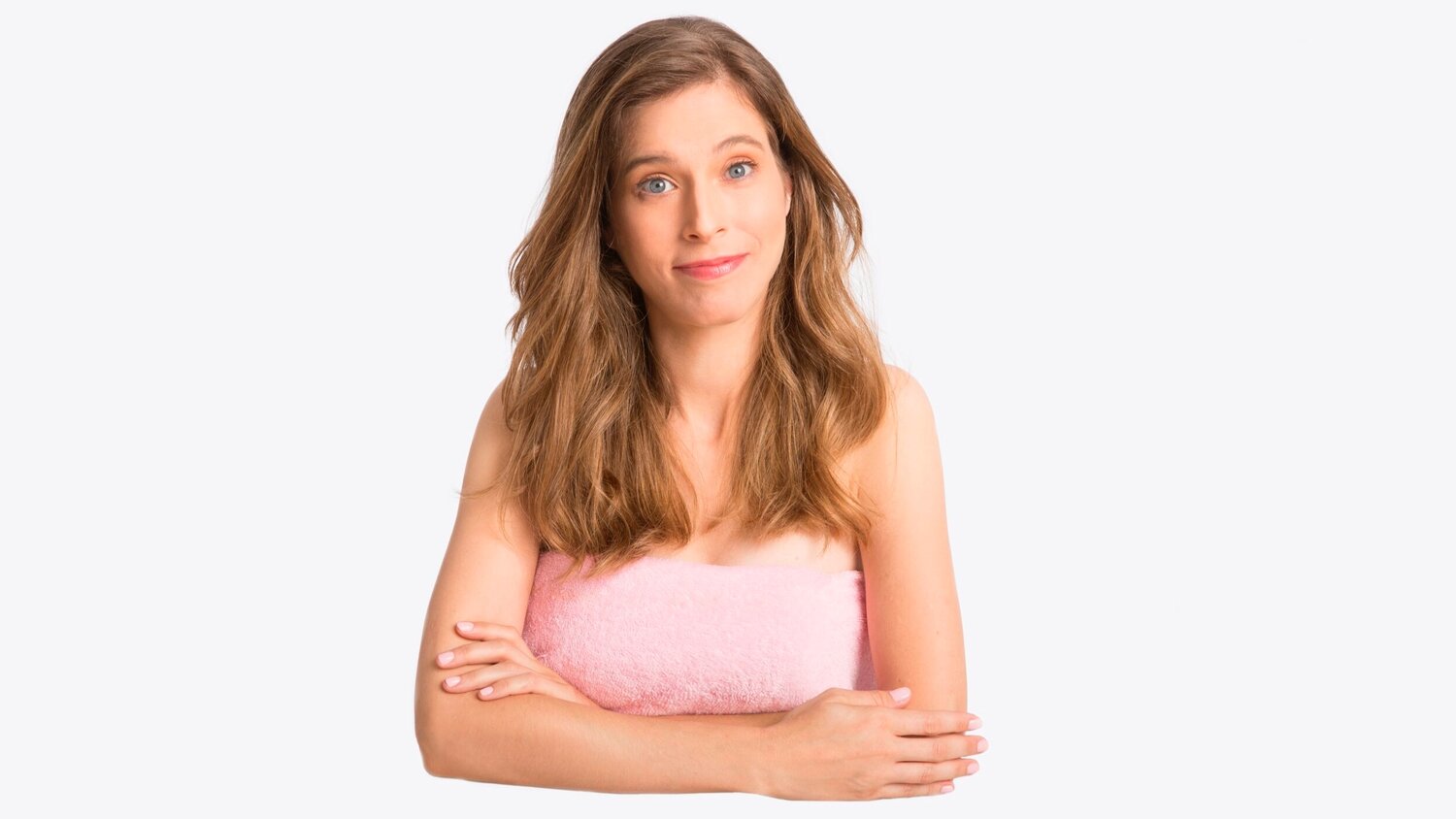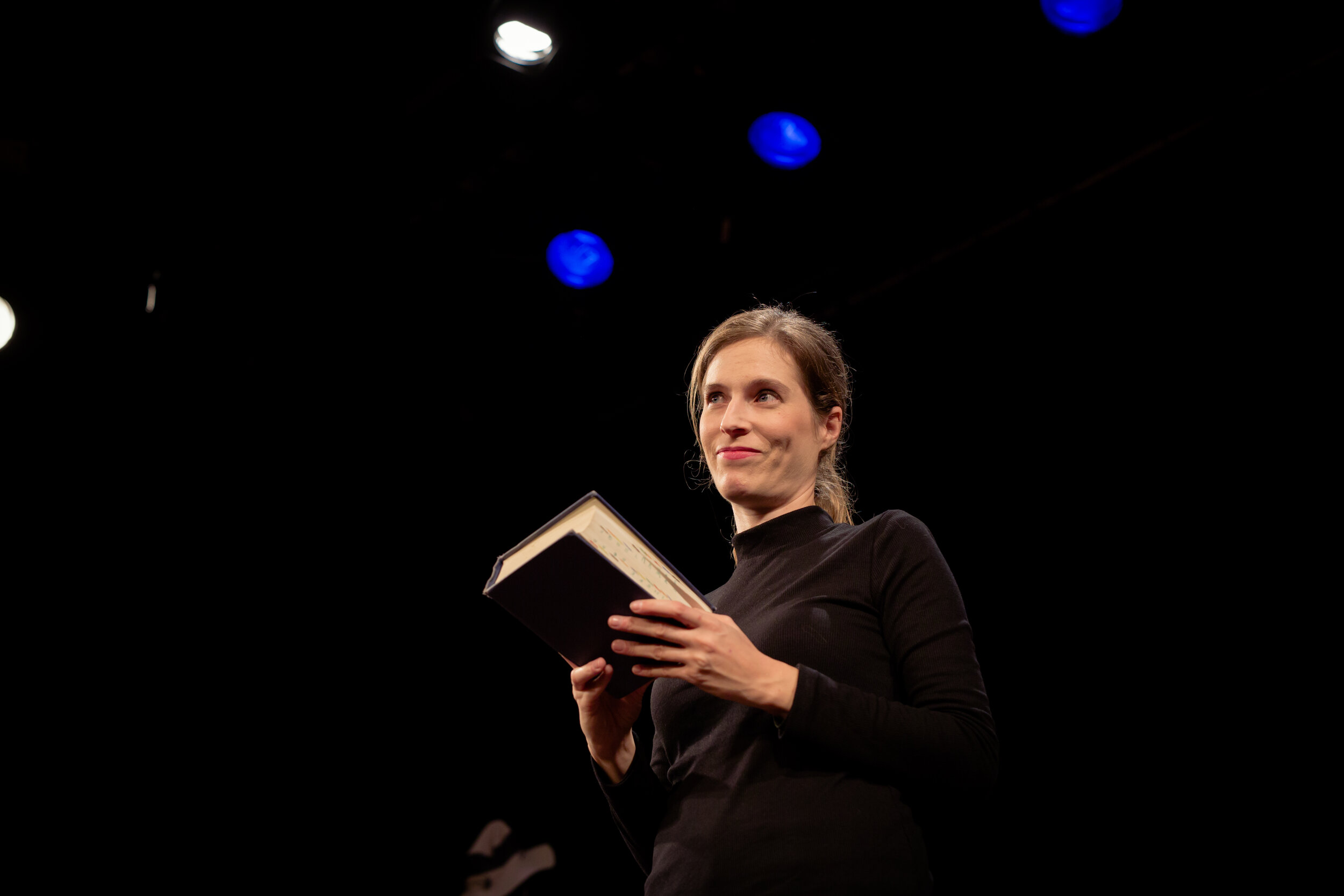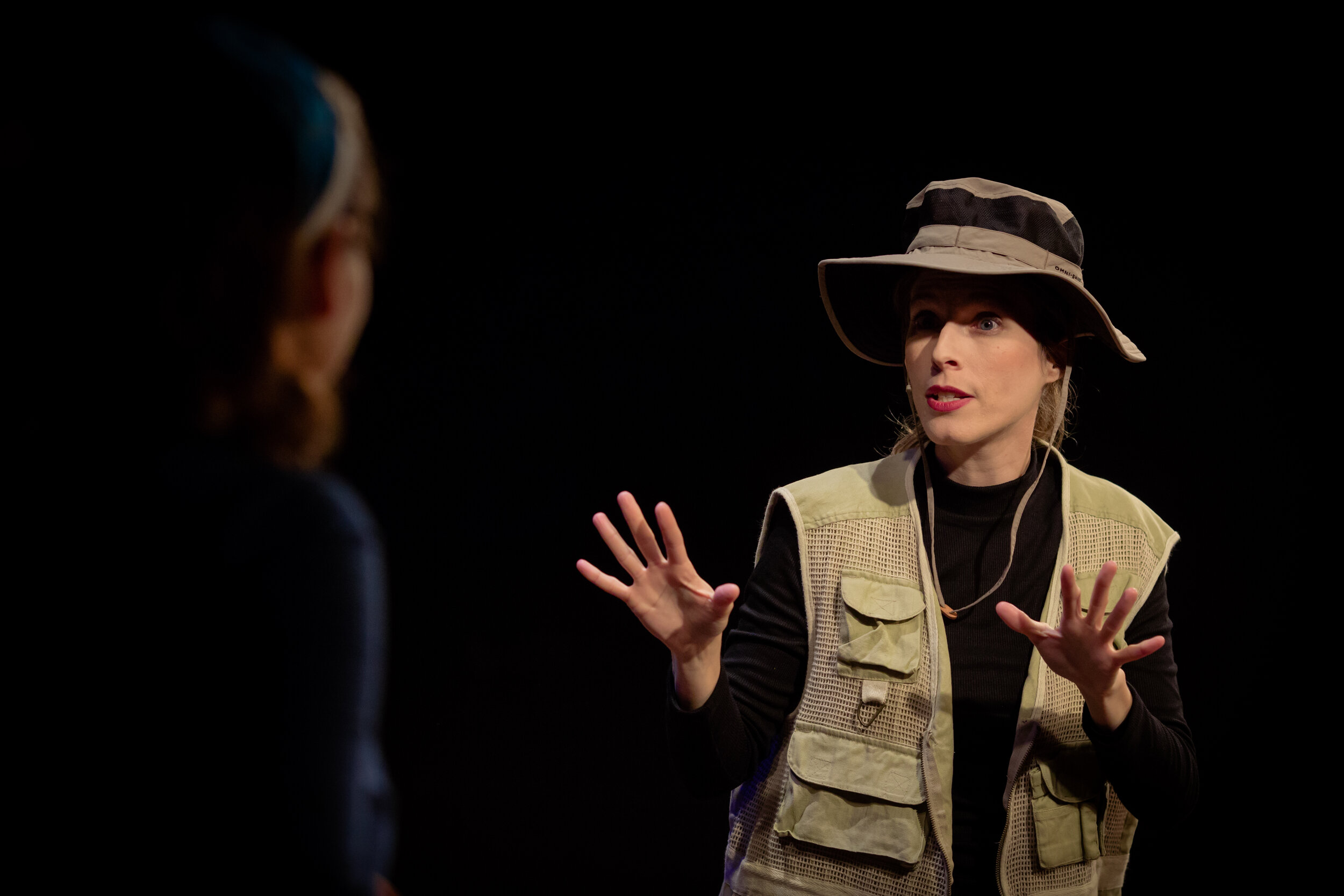Spoiler alert, I have been focused on ovulation for as long as I can remember and as a result have likely been missing my fertile window. I don’t know about you but despite fertility treatments, I always had a small glimmer of hope that in between them perhaps I could be a part of that tiny group of women who were surprised with a miraculous pregnancy. As a result, I have purchased more ovulation prediction kits than I could ever count over the years, either in hope or because of treatments.
I recently had the opportunity to try the Pearl Fertility ovulation prediction kit and it was unlike any other kit that I had ever tried. You might be thinking, but why, what makes it so special?
It’s unique because it provides laboratory-style testing at home and taught me that the time of ovulation and peak fertility aren’t necessarily one in of the same. Having access to my own personalized data through a scientific app and the ability to throw out the generalities of a typical 28-30 day cycle that I thought of as gospel, blew my mind.
My Pearl ovulation prediction kit arrived in a beautiful box with a barcode to set up my app on my phone, (15) LH sticks and (15) FSH kits, a urine catch cup, along with a cute little coaster to set it down on (love this attention to detail especially because I veer on the neat freak side of things). It also comes with two pregnancy tests, which I saw as an optimistic and sweet gesture for the “infertile” bunch of us that are going through treatments and may want to cheat during the 2WW. All I needed to provide was my mobile phone to take photos of the provided sticks through the Pearl app. The app analyzed my cycle through the images, provided a detailed description of my fertile window. What’s more is that it cheerily reminded me each morning that it was time to test.
The testing strips provided detect different hormone levels called lateral flow immunoassays (LFAIs) in urine. LFAIs bind the hormone to biomolecules which makes them easy to measure because they change color when they come in contact with urine. Most of these tests are usually interpreted in highly specialized labs but as you can imagine, these are quite expensive. This is where Pearl’s software steps in and is disrupting the space by providing more accurate results beyond the traditional ovulation kit. Pearl’s proprietary algorithm utilizes data from the test strips to detect hormone patterns to predict the cycle. (Note that after approximately two cycles, the software can predict a cycle well in advance so that you can “plan” accordingly).
The software detects a patern of FSH (follicle-stimulationg hormone), LH (lutenizing hormone) and PdG (progesterone), which accurately predicts the fertile window when you are actually more likely to conceive.
And guess what? I found out that the peak fertility window is actually approximately 3 - 4 days PRIOR to ovulation…
After ovulation, an egg is only “fertile” for 12 – 24 more hours. Sperm can survive in the body for 2 – 6 days post intercourse so maximizing a peak fertile window is important. This is especially important for those of us that are trying to conceive after 35. Every opportunity counts. Am I right?
I was so intrigued by this new FemTech which is redefining what we should expect from an ovulation prediction kit that I asked to connect with Dr. Leo Martinez, Founder of Pearl Fertility. I was interested in learning more about his new FemTech business and what inspired him to create it. Read on to find out more about Pearl Fertility.
What inspired you to start Pearl Fertility?
Women are busier than ever, take more (executive and) management positions, and spend far more time outside home than what used to be decades ago. This has created a more equitable society, but has become a challenge for fertility.
Natural fertility starts decreasing with age because of ovarian reserve. Thus, for women above 35 years of age it can take on average up to 10 months to conceive. That does not mean they are infertile, it just means that the chances are lessened. We found a gap when we found many sources of misinformation during our research that weren’t serving women who are desperate in finding actual solutions.
As a result, we leveraged our scientific backgrounds to build a product that can not only help women understand their fertility better (whether they are trying to conceive, or just tracking their hormones for treatments). This was (made) possible because of our core award-winning* technology, Google launchpad, and the European Commission which has allowed us to read all kinds of colorimetric diagnostic tests (specifically three individual hormones) by way of the camera on a mobile phone.
*The Pearl Fertility ovulation prediction kit was awarded as a Top Innovation by MIT Tech Review.
How is Pearl different than other ovulation prediction kits?
Pearl helps you chart your hormone levels: No more happy faces or ranges or thresholds. Instead, you get real hormone levels tracked over time. We have developed intelligent algorithms that run over the daily hormone data to give better predictions of the upcoming ovulation and based on that of a true clinically proven fertile window (the days with the highest chance to conceive). Now there is no more guesswork. Our test strips also measure hormones independently so you know exactly what hormone you are measuring. Other apps have appeared on the market that take pictures of the strips, but they lack the scientific intelligence levels to make (accurate) predictions. Additionally, our prediction algorithms which measure more than one hormone (and how they work together) are patented. The app can read FSH, LH and Progesterone.
Is there a misconception about ovulation prediction kits that you would like to debunk?
Totally. Women are led to believe two things that are wrong about traditional ovulation prediction kits. The first misconception is that a positive test means the day of highest fertility. This is incorrect because the fertile window starts 6 days before ovulation and the top fertile time frame is 2 - 4 days before ovulation.
Although a (traditional ovulation) strip when positive can indicate fertility, it does not mean those are your most fertile days.
The second misconception is that a positive test means ovulation. This is incorrect because a positive test (in the case of LH) means that hormone levels are high or at their peak.
Many studies confirm that ovulation in fact happens approximately 24 hours after hormones peak. Another important factor to consider here is that not all peaks lead to ovulation as there are anovulatory cycles.
To highlight the science behind this, please see the two figures built from a collection of clinical studies which represents the fertile window (FW) and the hormone peaks.
Pearl Fertility is innovating to allow women to better understand their cycles. What are you most excited about when you think about the future of fertility?
I think Pearl Fertility is showing the world what is possible in terms of home diagnostics in the era of digitalization. Pearl Fertility is one of the first apps to be a medical device by itself listed in the FDA, and soon will be CE certified.
We have big plans for other tests. With regulations and investment which are tough for medical devices, it requires some time and a lot of money to develop. Pearl is a pioneer in the future of medicine. Right now we only show hormones, (all tested and interpreted) at home. Imagine if you could interpret patterns to prevent disease, treat disease, or predict disease.
I think that the future is that the clinic will come to you.
About Pearl Fertility’s Founder, Dr. Leo Martinez: Dr. Martinez is a Biotech Engineer and Entrepreneur. He holds a PhD in biosensors by the University of Cambridge, has published dozens of academic papers in the fields of biosensors, photonics, mobile apps and fertility. He was listed as one of the Top Innovators under 35 in 2015 by the MIT Technology Review for the developing of the ‘smartphone-diagnostics’ technology behind Pearl. For more information about Pearl Fertility please visit pearl-fertility.com or follow them @pearlfertility
*Please note that I was not paid to review the Pearl Fertility ovulation prediction kit. I am an affiliate however which means that if you purchase a kit at 10% off with my discount code: FERTILUST10, a small percentage of the sale will go to me.


